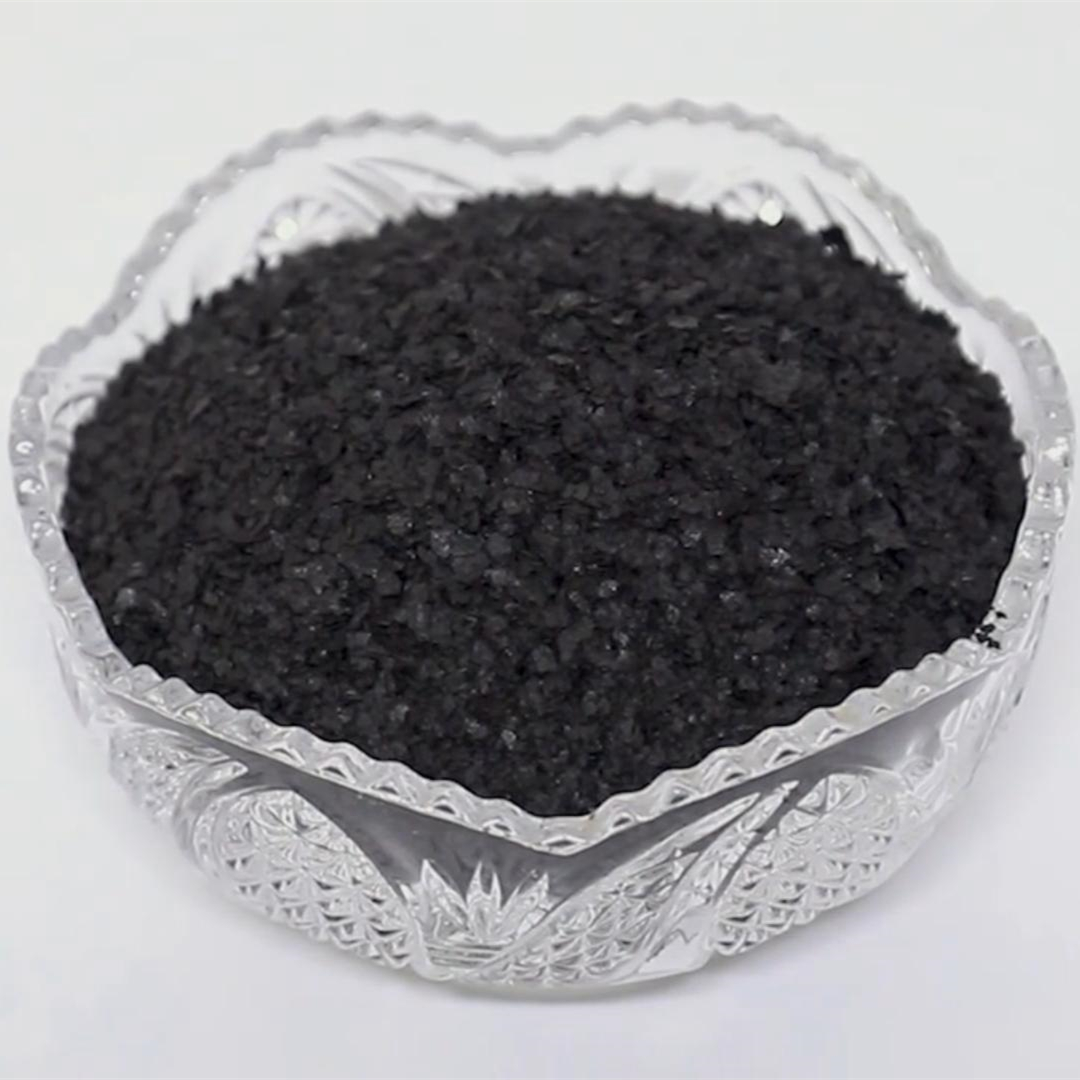
Nov . 24, 2024 09:20 Back to list
urea phosphate 17 44 0
Understanding Urea Phosphate A Vital Nutrient for Plant Growth
Urea phosphate, denoted chemically as (NH2)2CO·H3PO4, is a unique and highly effective fertilizer that combines both nitrogen and phosphorus—two essential macronutrients—required for optimal plant growth and development. In this article, we delve into the characteristics, benefits, and application of urea phosphate, with a specific focus on the 17-44-0 formulation, which highlights its nitrogen and phosphorus content.
Composition and Characteristics
The numbers in the 17-44-0 formulation indicate the nutrient analysis of the fertilizer. The first number, 17, represents the percentage of nitrogen (N) in the compound, while the second number, 44, denotes the percentage of phosphorus pentoxide (P2O5), which translates to 20.4% of actual phosphorus. The third number, 0, signifies that there is no potassium (K) present in this formulation.
Urea phosphate is highly soluble in water, making it readily available for plants. This solubility ensures quick uptake by plant roots, enhancing nutrient availability during critical growth stages. The combination of nitrogen, which supports vegetative growth and leaf development, and phosphorus, which is crucial for root establishment and flowering, makes urea phosphate an indispensable fertilizer.
Benefits of Urea Phosphate
1. Enhanced Nutrient Uptake The unique properties of urea phosphate promote better nutrient absorption. When applied to the soil, it dissolves quickly and provides a readily accessible source of nitrogen and phosphorus. This characteristic is particularly beneficial in environments with poor soil fertility.
2. Stimulates Root Growth Phosphorus is essential for root development. The high phosphorus content in urea phosphate encourages strong and deep root systems, which, in turn, enhances the overall resilience of plants. Healthy root systems not only help in water absorption but also in nutrient uptake from the soil.
3. Improved Plant Growth The balanced supply of nitrogen and phosphorus supports various growth phases of plants. Nitrogen primarily promotes foliage growth, while phosphorus enhances flowering and fruiting. This balance is crucial for achieving high yields in crops.
urea phosphate 17 44 0

4. Versatile Application Urea phosphate can be applied in different forms, such as broadcasting, banding, or as a component of fertigation systems. This versatility allows farmers and gardeners to incorporate it seamlessly into their fertilization programs according to specific crop requirements and soil conditions.
5. Compatibility with Other Nutrients Urea phosphate can be easily blended with many other fertilizers and can be used alongside different agronomic practices, which increases its utility in comprehensive soil management strategies.
Application Guidelines
When using urea phosphate, it is important to adhere to best management practices to maximize its benefits. The application rate may vary depending on the crop type, soil fertility, and specific growth stages. Generally, a soil test is recommended prior to application to ascertain existing nutrient levels and needs.
For approximate application rates, a standard recommendation for crops with high nutrient demands may range from 200 to 600 pounds per acre, depending on the crop and soil conditions. It's also advisable to apply urea phosphate before planting or at planting time to ensure that the young seedlings have access to the necessary nutrients right from the start.
Moreover, it is essential to consider the environmental implications of fertilizer use. Responsible application will prevent nutrient runoff and promote sustainable agricultural practices.
Conclusion
Urea phosphate stands out as a significant fertilizer option for modern agriculture, especially in formulations like 17-44-0, which provide a balanced supply of nitrogen and phosphorus. Its favorable characteristics, quick solubility, and compatibility with various agricultural practices make it an ideal choice for enhancing plant growth and ensuring high yields.
By understanding the dynamics and benefits of urea phosphate, farmers and gardeners can make informed decisions about their fertilization strategies, fostering healthier crops and contributing to sustainable farming practices in an increasingly competitive agricultural landscape. Embracing such effective fertilizers is vital for meeting the global food demands while also advocating for responsible environmental stewardship.
-
10 10 10 Fertilizer Organic—Balanced NPK for All Plants
NewsJul.30,2025
-
Premium 10 10 10 Fertilizer Organic for Balanced Plant Growth
NewsJul.29,2025
-
Premium 10 10 10 Fertilizer Organic for Balanced Plant Growth
NewsJul.29,2025
-
Premium 10 10 10 Fertilizer Organic for Balanced Plant Growth
NewsJul.29,2025
-
50 Pound Bags of 13-13-13 Fertilizer for All Plants – Bulk & Organic Options
NewsJul.28,2025
-
High-Efficiency 15-30-15 Granular Fertilizer for Healthy Crops
NewsJul.28,2025
